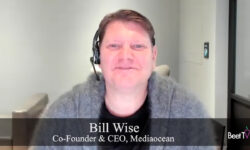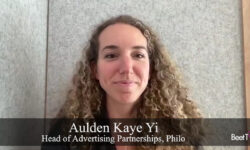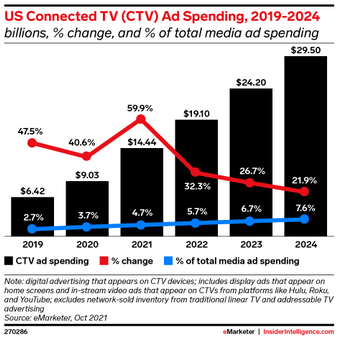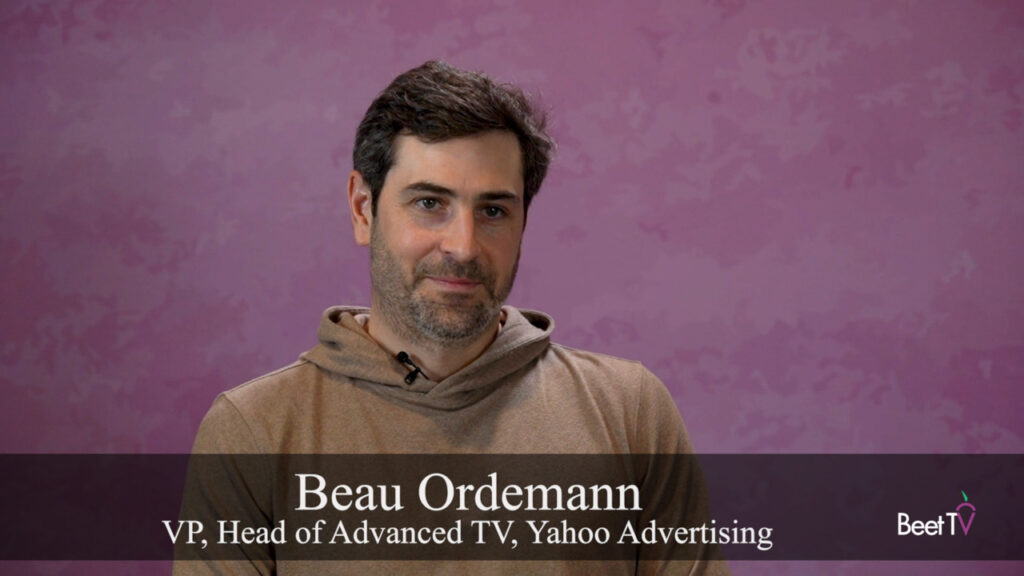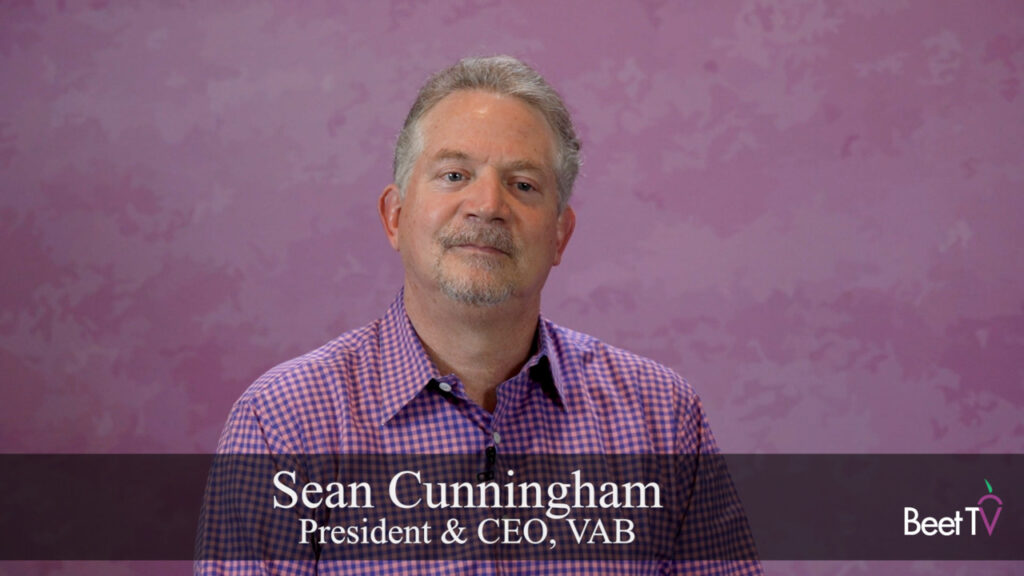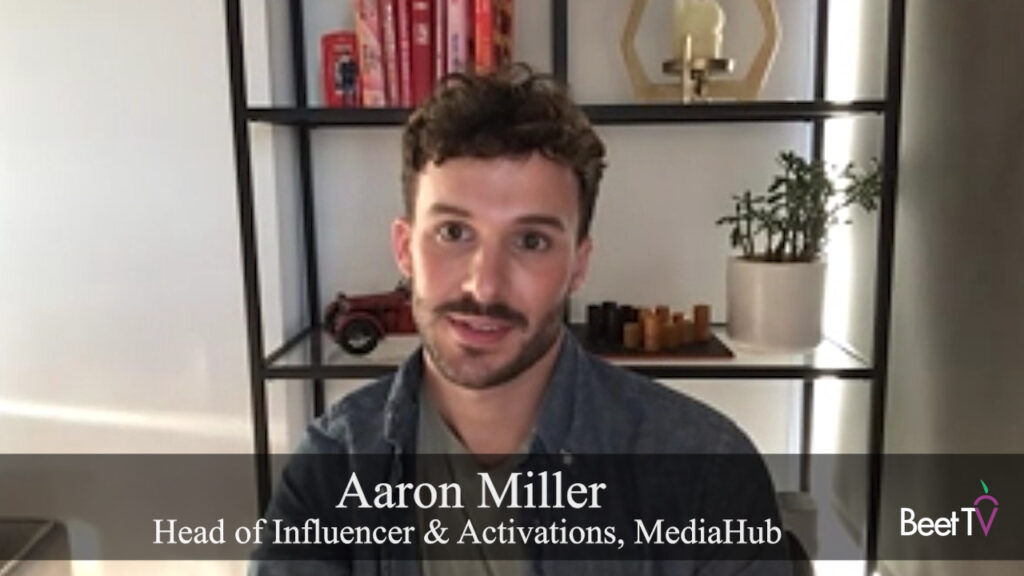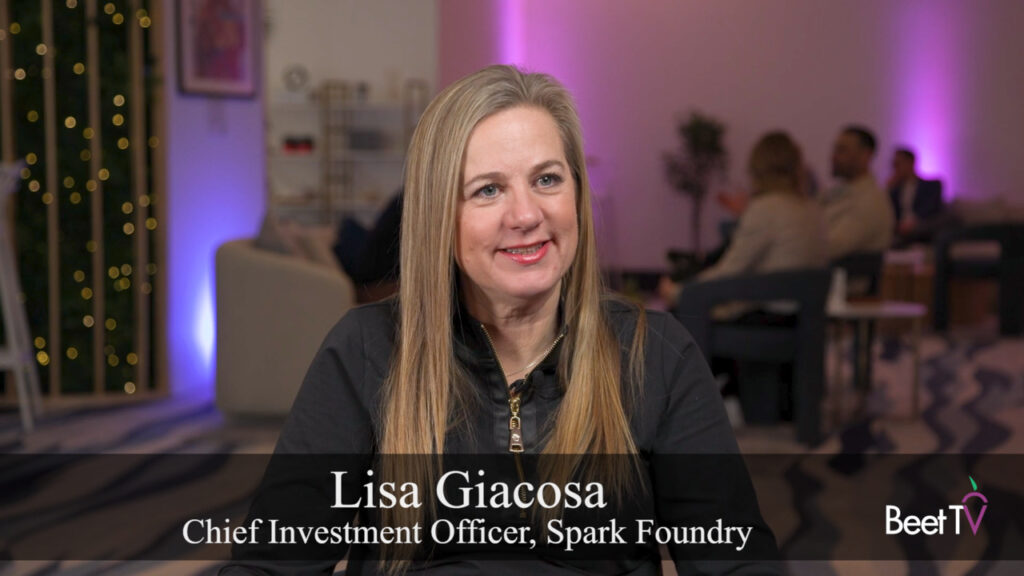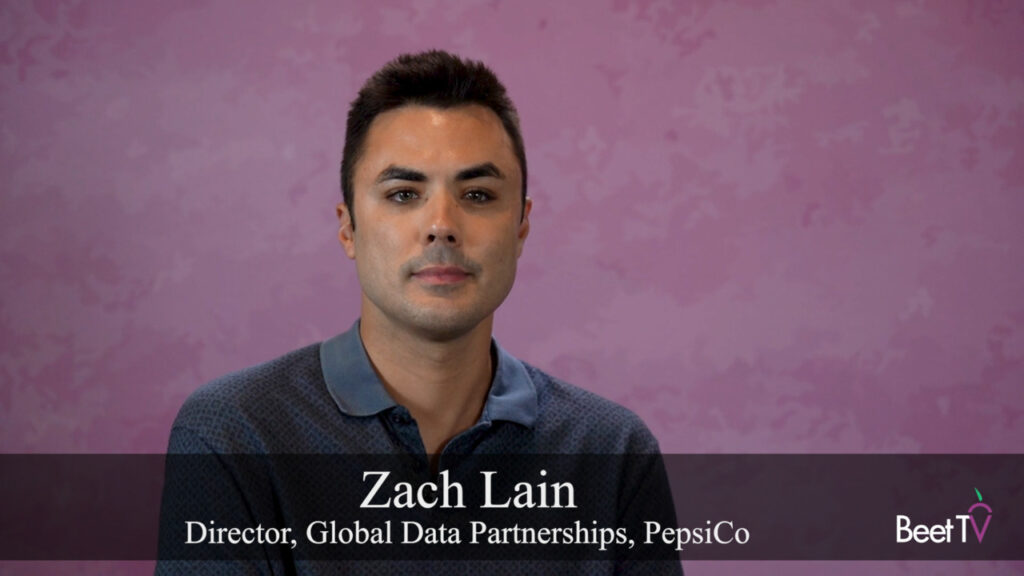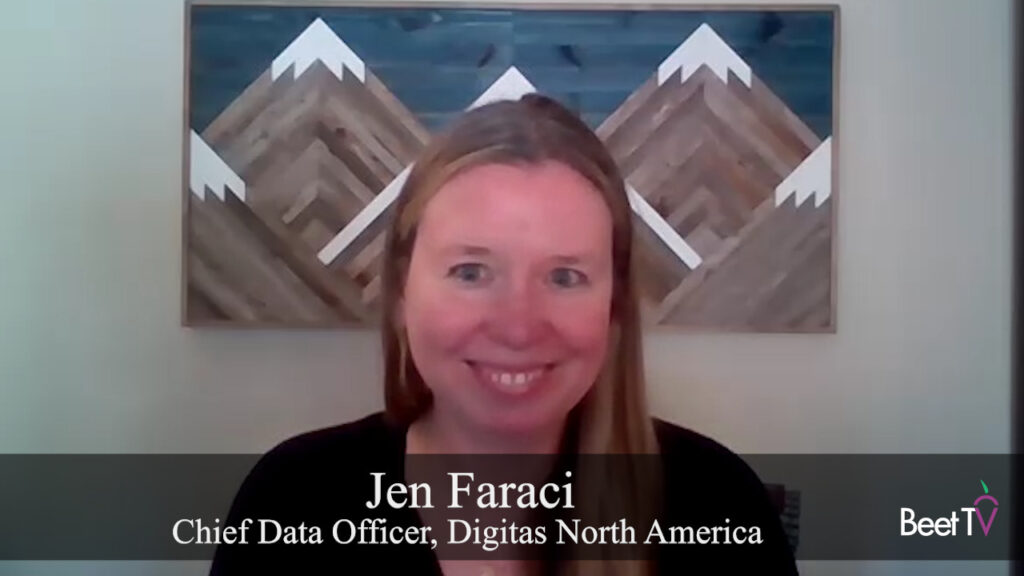These days, the business environment is becoming too critical to leave the results of marketing spend to chance.
That is why so many ad buyers are leaning into publishers that can guarantee them outcomes.
In the latest example, Spanish-language broadcaster Univision will get to tell its advertisers the likely success of particular inventory moments, after partnering with EDO and datafuelX. In this video interview with Beet.TV, EDO CEO Kevin Krim explains how it works.
The beauty of outcomes
EDO says its technology “measures the spike in consumer engagement behaviors, such as online search, for a brand in the moments after a TV ad airs – the larger the spike, the more consumers are engaging with the brand, and higher engagement is predictive of higher sales”.
So, what exactly is the right moment to buy? That’s where the new partnership comes in.
EDO is helping Univision advertisers through the Mediahub agency ensure ads are placed in the right contextual environment based on how consumers engage with their commercials — and those of competitors — across networks, programs, dayparts, genres and more.
It kicks off with ads from beauty brand Ulta, for which Univision will guarantee a lift in people searching for Ulta in the minutes following an ad.
That indication can be given thanks to statistical confidence from EDO data matched through datafuelX to Nielsen’s panel.
Performance-driven TV
“This is something that EDO frankly has been working on for the last six and a half years,” Krim says.
“This is the manifestation of our vision for how convergent TV advertising would be bought and sold in the future.
“When we look at all the different digital ad marketplaces, they’re not sold on a Nielsen-style audience number; they’re sold on outcomes.
“We’re able to tell them at a very granular level, every selling title on Univision, how it will perform in the future in terms of generating searches and site visits for the brands and products being advertised there.”
Big data crunching
EDO makes its predictions by correlating search and brand website visitation against ad airing data for ever 30- and 15-second spot running across more than 120 broadcast and cable networks plus major AVOD platforms in the US.
“What we’re seeing is that, when someone’s exposed to an ad in live linear television, there’s a spike in searches for the brand that’s being advertised,” Krim adds.
“We score each ad area for how much incremental lift it generated. We’ve been doing this for years, so we’ve got this huge database of everything on TV.
“For a cosmetics brand like Ulta, we’re able to say with predictive confidence with a 95% confidence level, ‘Here’s what you should expect when you place one of your ads in this part of Univision’s family of networks’.”
Evolution of TV
The technique represents one more way that the new-look TV ad supply chain is endeavoring to make TV perform a little more like digital media.
For advertisers watching declining viewership of conventional linear TV but keen on sticking with the creative canvas TV represents, that could be a key draw.
US connected TV ad spending has been growing healthily, although eMarketer expects annual growth from 2022 to be slower even than 2019.















